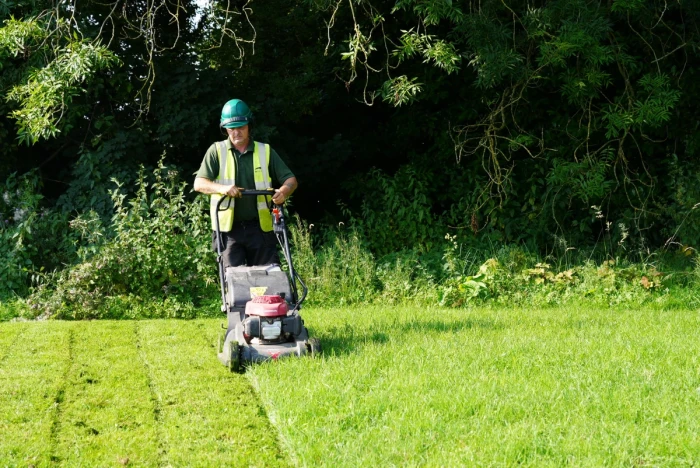Specialising in Landscaping Design, Development and Grounds Maintenance
At Sitescapes, we specialise in partnering with home builders to enhance the appeal and value of their developments through stunning garden landscapes. With a focus on creating outdoor spaces that captivate potential buyers, we take pride in our ability to elevate new homes with bespoke landscaping solutions.
With Sitescapes as your landscaping partner, you can trust in our commitment to excellence and attention to detail, ensuring that every garden we create enhances the desirability and marketability of your new home developments.

























